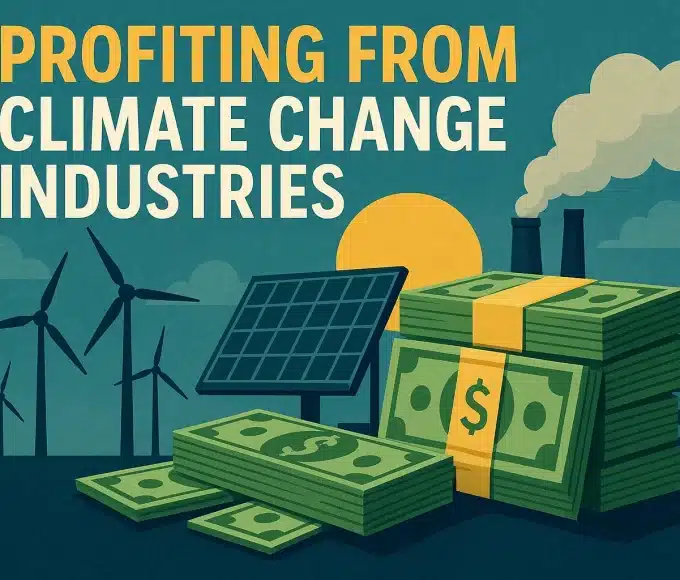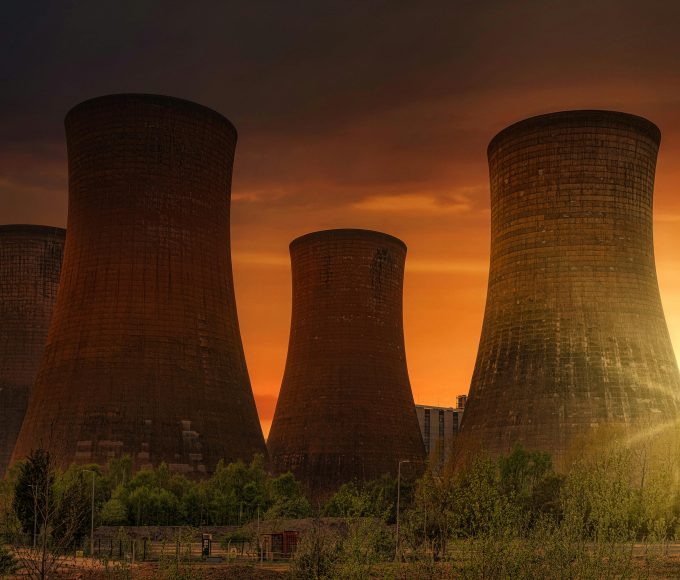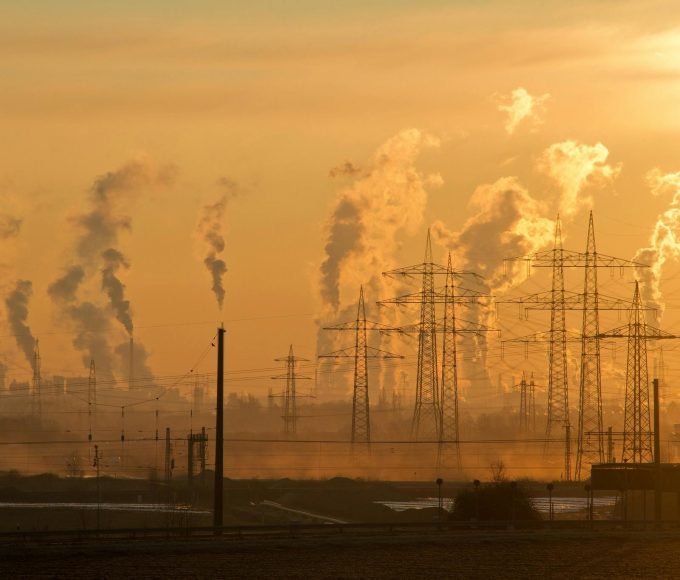In today’s world, fashion trends change faster than you can say “wardrobe malfunction.” While it may be tempting to keep up with the latest styles, the impact of fast fashion is more than just a fleeting trend—it’s an environmental crisis.
From excessive waste to harmful production practices, the fashion industry is a significant contributor to global pollution.
Let’s dive into the world of fast fashion, its consequences, and explore sustainable alternatives that can help us dress with a conscience.
What is Fast Fashion?
Fast fashion refers to the rapid production of inexpensive clothing to meet the latest trends. Retailers like Zara, H&M, and Forever 21 churn out new collections every few weeks, enticing consumers to buy more than they need.
According to the Ellen MacArthur Foundation, the fashion industry produces 92 million tons of textile waste annually. Much of this waste ends up in landfills, where it can take up to 200 years to decompose, releasing harmful greenhouse gases in the process .
Environmental Effects of Fast Fashion
Fast fashion’s environmental footprint is staggering. The production of garments requires vast amounts of water—approximately 2,700 liters to produce a single cotton t-shirt. This is enough water for one person to drink for two and a half years .
Additionally, the dyeing process of fabrics often involves toxic chemicals that can pollute water systems, harming aquatic life and contaminating drinking water .
Moreover, synthetic fibers, like polyester, which are commonly used, contribute to microplastic pollution. When these garments are washed, they release tiny plastic particles into our waterways, where they can eventually end up in our oceans, affecting marine ecosystems and entering the food chain .
Why Sustainable Fashion Matters
Sustainable fashion aims to reduce the negative impact of clothing production on the environment and promote ethical practices. This means considering not just the materials used but also the entire lifecycle of a garment. Sustainable fashion advocates for slower production, eco-friendly materials, fair labor practices, and waste reduction .
Sustainable Alternatives
- Thrift Shopping: One of the easiest ways to embrace sustainable fashion is by thrifting. Shopping at second-hand stores or online thrift platforms like Poshmark and ThredUp allows you to find unique pieces while giving clothes a second life. Not only does this reduce waste, but it also saves money!
- Eco-Friendly Brands: More brands are committing to sustainable practices. Look for companies like Patagonia and Eileen Fisher that prioritize environmental responsibility. These brands often use organic materials, reduce waste, and support fair labor practices .
- Capsule Wardrobes: Consider creating a capsule wardrobe—a small collection of versatile clothing that can be mixed and matched. This approach encourages mindful purchasing and helps you focus on quality over quantity.
- Renting Clothes: If you have an event and need something special, consider renting instead of buying. Services like Rent the Runway offer designer dresses and outfits for a fraction of the purchase price, allowing you to enjoy high-quality fashion without the guilt of fast fashion .
The allure of fast fashion can be hard to resist, but the environmental consequences are too significant to ignore. By making conscious choices—whether it’s thrifting, supporting eco-friendly brands, or reducing our overall consumption—we can make a positive impact on the planet.
So, the next time you’re tempted by that trendy outfit, remember: fashion should be fun, but it shouldn’t come at the cost of our planet’s health.
Recommended – Top 5 Drought-Resistant Plants for a Water-Smart Garden














